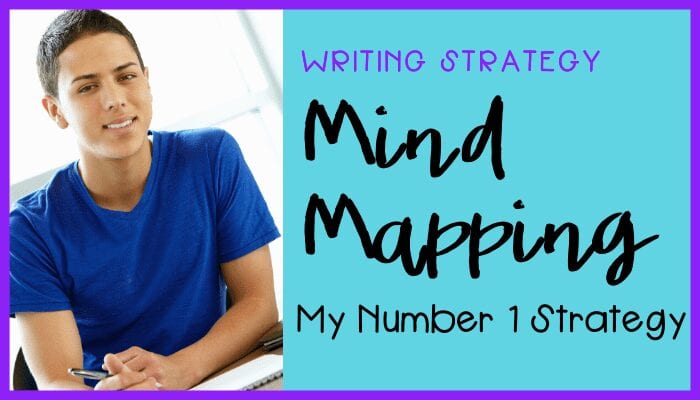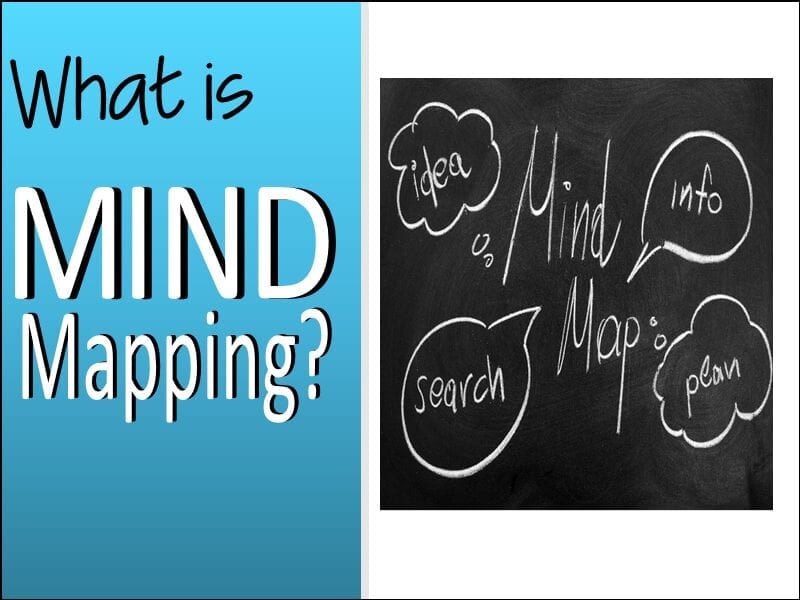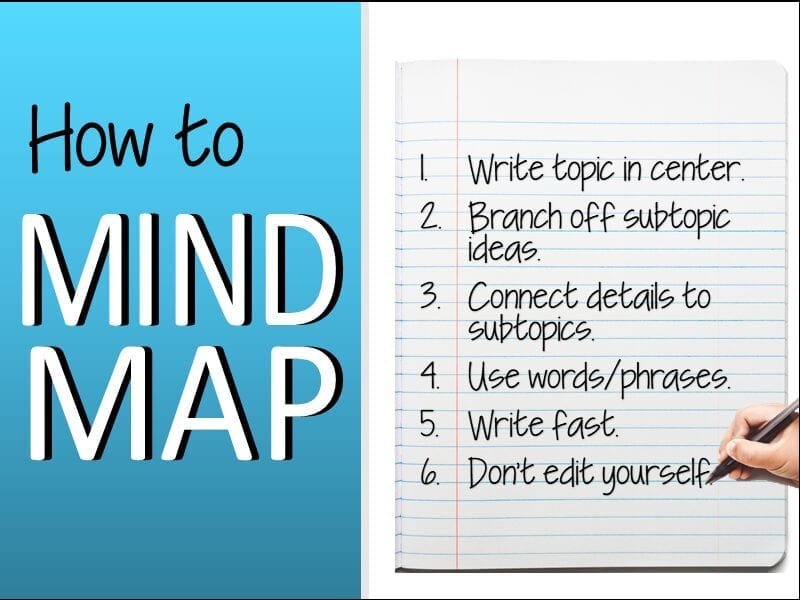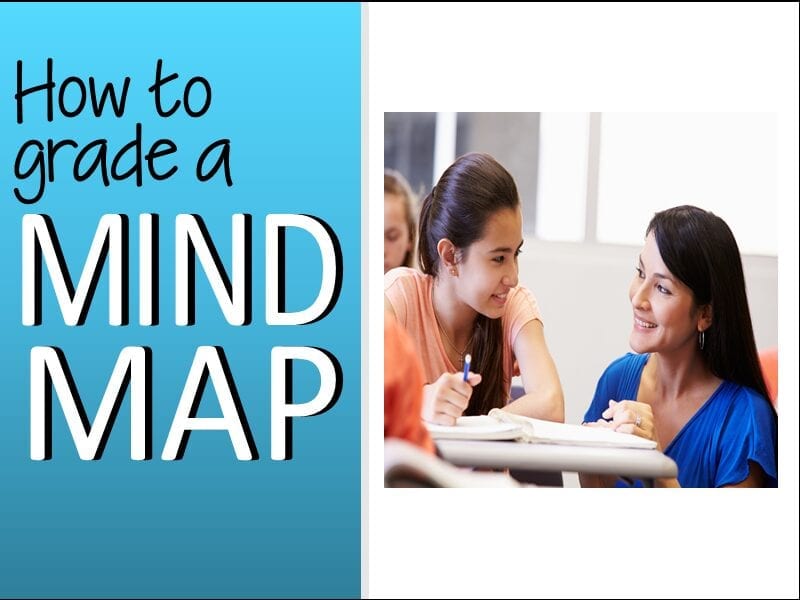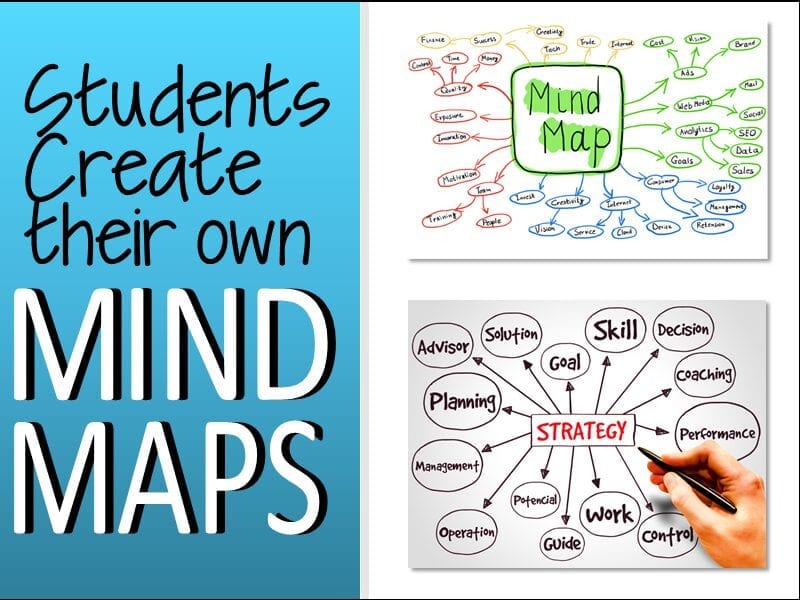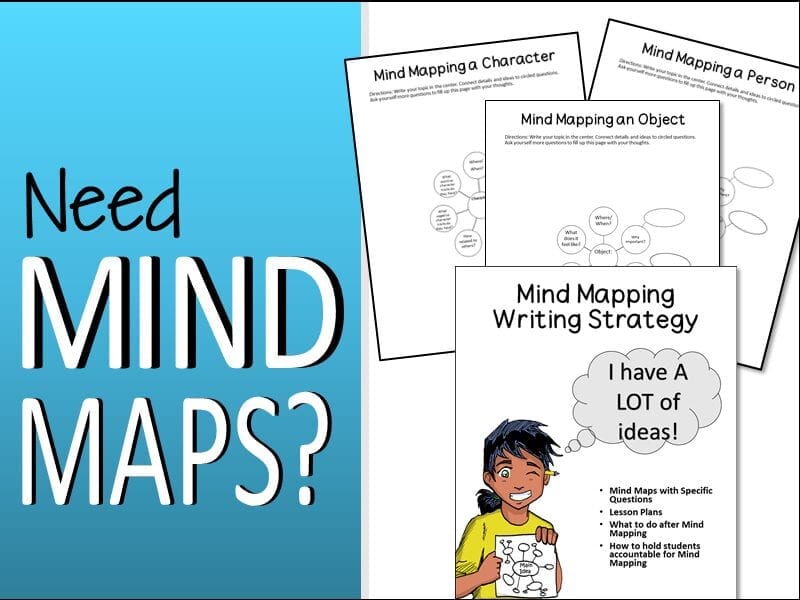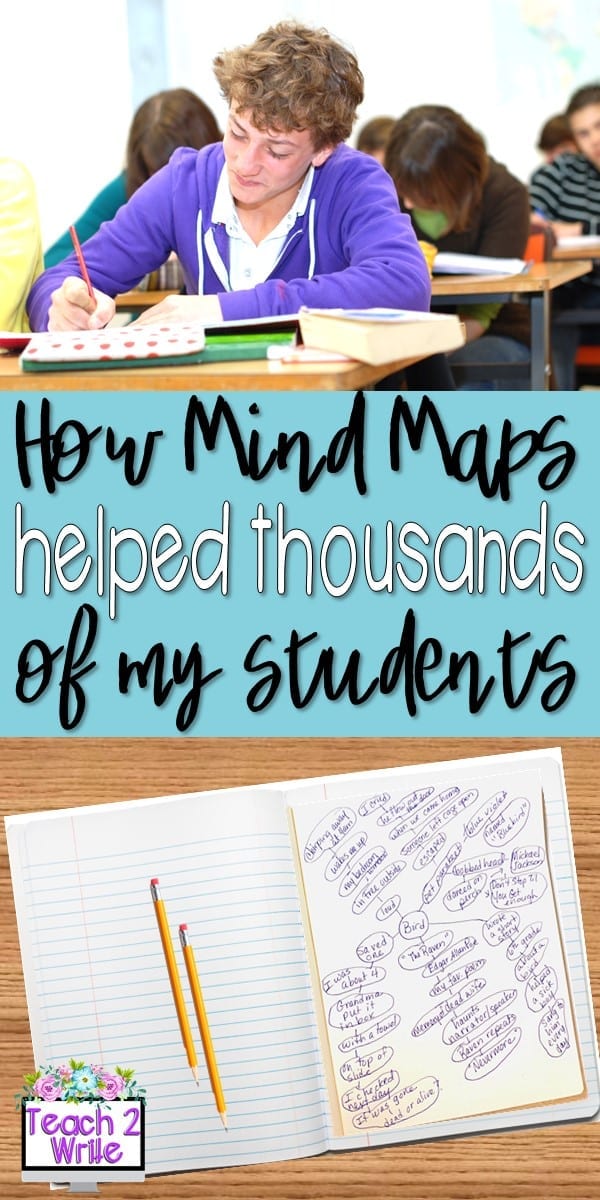This most powerful writing strategy mind-mapping is a MUST for writers, yet so few educators are teaching writing strategies like this very simple one! Many assume students learn these strategies in elementary school, but students need to consistently practice mind mapping. Also, mind maps can become more complex as students’ brains develop.
Once I started using the mind-mapping strategy for my students, it was a game changer for my reluctant and struggling writers. It also made my more proficient writers even better.
For my free 5 Tricks that Break Writer’s Block Teacher’s Guide filled with more writing strategies that can help your students.
To listen to Mind Mapping via podcast, click on the audio player below:
What is Mind Mapping?
Mind mapping is a writing strategy that generates ideas surrounding a particular topic. The more specific the topic, the more specific your details can be. For example, I’ve brainstormed about the topic of “birds” and came up with a page full of my different ideas about birds, which could potentially become several different pieces of writing. I could take ONE of those ideas, writing about my pet parakeet named Bluebird, and mind map more specifically just about him.
Additionally, mind mapping allows your brain to freely associate without worrying about grammar and punctuation. Mind mapping works best when you quickly write down the ideas that pop into your head without judgment. I often mind map for 5-10 minutes, or until my page is completely filled with ideas and details. I ask myself lots of questions: who? what? where? when? why this important? etc.
Other terms you may have heard that are similar to mind mapping are clustering, webbing, and brainstorming. The most common term used universally in both an academic and business setting is mind mapping.
Reasons for the writing strategy of mind mapping
Students who learn how to plan their thoughts and ideas before writing will earn higher scores on writing assignments and tests. However, this is a skill that must be developed and practiced regularly for it to be an effective writing strategy. Consistency is key.
I use this strategy EVERY week in my classroom, and as students have progressed, their writing is more detailed and specific. This specificity allows them to create their own unique voice. Once students have learned the basics of mind mapping, I begin to add more requirements to their maps – like adding strong action verbs, specific nouns, and sensory details.
Also, students who frequently mind-map become proficient at analysis, one of the top skills needed for higher education and beyond. These same students become more creative and resourceful thinkers as they consistently explore possibilities. Students keep all of these mind maps inside their writers journals.
How to use the writing strategy: mind-mapping
- Set a timer for 5-10 minutes.
- Put the topic in the center of your page in your writer’s journal
- Close your eyes and visualize this topic. Once you have a picture in your mind, you’re ready to mind-map.
- Branch out with words – allowing one word/phrase to lead to another. Each branch is a different subtopic of your main topic.
- Don’t think before you write words down, just keep your pen or pencil moving.
- Ask yourself questions if nothing is coming to mind.
- Let your words grow across the page, radiating outward from the center – use sensory details.
- Keep drawing your map until the timer goes off OR your page is filled with ideas and thoughts.
- Use this mind-mapping strategy daily or several times per week for best results.
Student accountability while mind-mapping
Students will tell you they do not NEED to mind map. They can remember everything, and it’s all in their head.
I don’t give my students the choice, at first. It is required that they use the strategies I teach them. Because it is required, I do hold them and myself accountable for checking and awarding points.
Throw down a challenge – How many ideas can you write down about your topic in 5 minutes? Award something to the winner or top three winners.
Once students experience writing success after using this strategy and that you expect them to use the writing strategies that you teach them, they will want to repeat that success. (It’s human nature.)
Accept variations on the mind-map– some students don’t like drawing the circles. Some students create lists, instead of strings of words, and others draw pictures as well as circled words. The objective is to get as many ideas as possible. For students who need scaffolding with mind mapping, click here.
Students will eventually use this writing strategy on their own
I have actually created mind maps that can help students to ask questions while they mind map. You can find those here. These mind-maps were created to help you get your students started in what questions to ask themselves as they think about their topics. Eventually, you will want students to be able create their OWN mind-maps. They should be able to eventually mind-map their thoughts and ideas without these resources.
When you give a mind-map to your students, you will need to show them how this strategy works. Mind-map with your students multiple times before expecting them to do this without you.
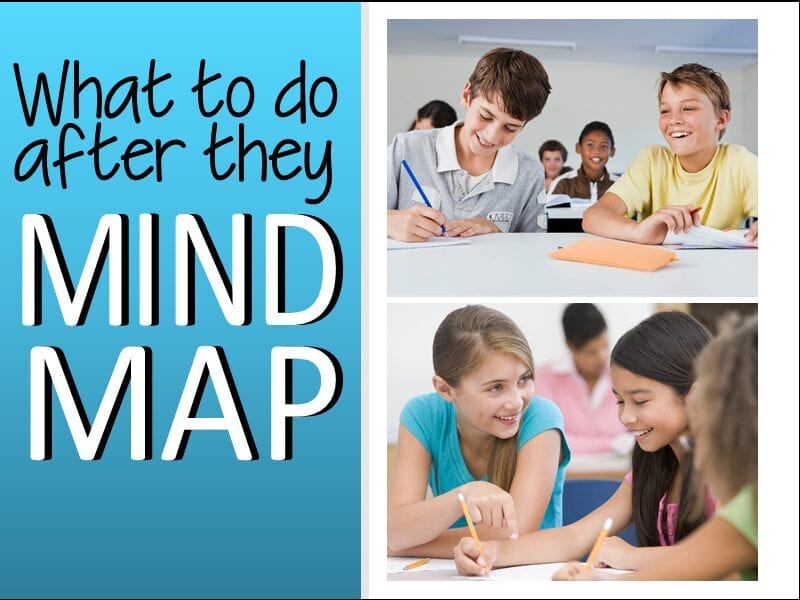
What to do after using the writing strategy of mind-mapping
Model these next few steps, and direct students to:
- Look back at what they’ve written and make some decisions.
- why they are writing – purpose (entertain, express, argue, persuade, inform, explain)
- who their intended audience could be beyond just you, the teacher
- what part of their topic they want to begin with
- Number off their ideas to give their writing organization.
- Share their mind-map with a partner. Discuss what could be added.
- Add more specific sensory details from word lists or after peer conference.
- Turn to a clean page in their writing journal OR to a new document on the computer. Begin writing.
- Remind students to refer to their mind-map as they write.
- Tell students that most writers go back and forth between the keyboard and their writer’s journal as they develop their thoughts and ideas.
For pre-made mind-maps with questions:
Although I believe mind-maps should be as organic as possible and of the writer’s construction, I also know that students need extra support with this. So, I have created mind-maps with specific questions to help students. These can also be used in Google Slides for schools who use ONLY computers, or for students who may need to type instead of handwrite. You can find those mind-maps here.
For more writing strategies:
To help your students with more strategies, get your free 5 Tricks that Break Writer’s Block Teacher guide. Click on the blue button below:

